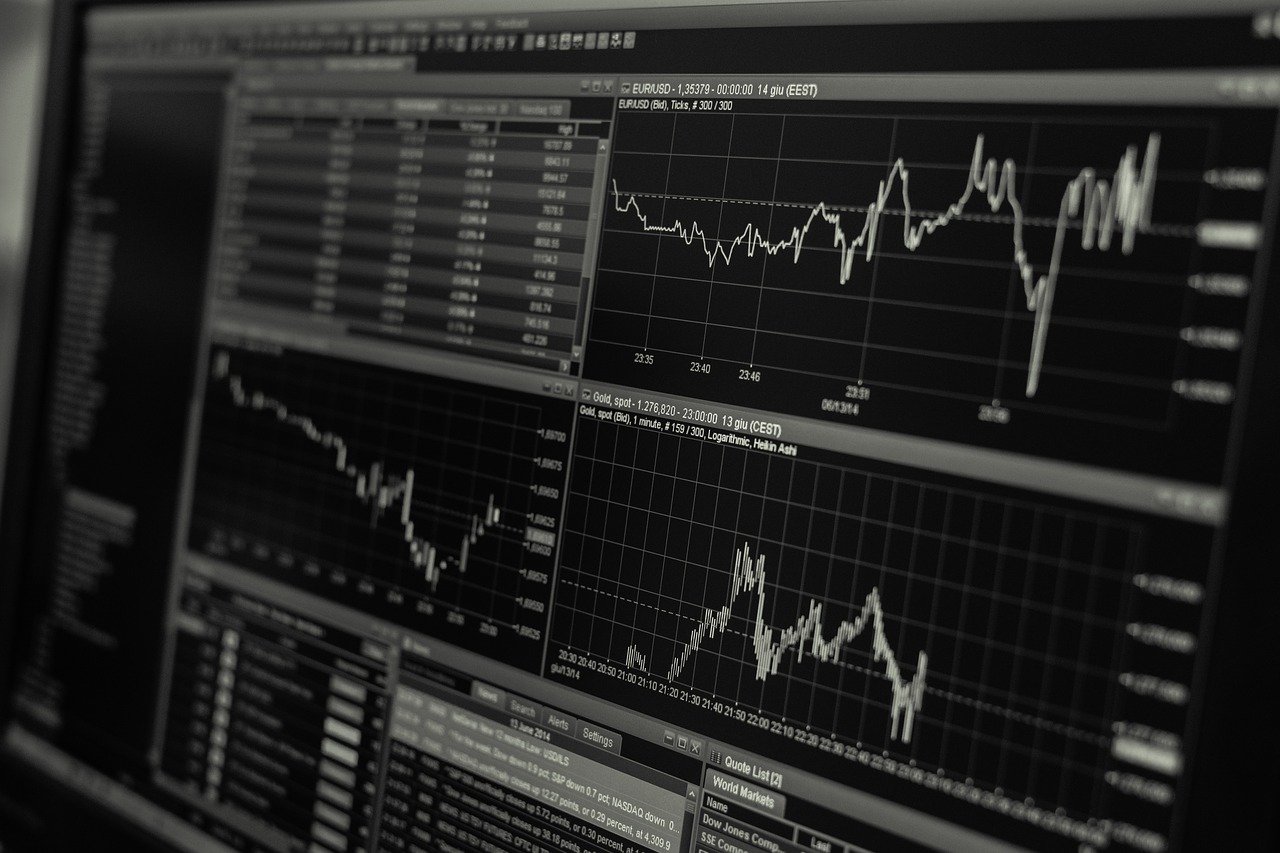On Monday, there was a 2% decline in European stocks, while the US dollar strengthened and there was an increase in market volatility, amidst growing unease about the economic damage that would occur because of a new coronavirus strain in England, which saw a number of European countries close their borders to the United Kingdom. According to the details, the new strain of the virus is 70% more transmissible, as opposed to the original. The news prompted nearly 16 million Britons to be forced under stricter lockdowns and it ended up overshadowing the agreement by US lawmakers about a long-awaited stimulus bill.
Boris Johnson, the British Prime Minister, will be heading an emergency response meeting for discussing the flow of freight in and out of the country as well as international travel. These developments coincide with the lack of a Brexit trade agreement, ahead of the decline on December 31st. Due to these, the British currency ended up nearly 2% lower and was trading at $1.3272. UK equities also saw losses of more than 1% and they were led by decline at banks Lloyds and Barclays of about 6% to 7%. There was also a fall of 2% in German shares, while pan-European leisure and travel stocks also slumped by nearly 5%.
Market analysts noted that they may have to implement tougher restrictions for months until they vaccinate as many people as possible. Therefore, the slowdown of the economy will prove to be deeper and will continue till the next year. This will dampen the optimism associated with a stronger recovery of the economy in the next year. This setback could result in the need of additional monetary stimulus. The measure of price movements of an asset class, volatility increased across the board and the ‘fear gauge’ increased more than 25% for the first time since 11th December.
The implied overnight volatility for the British pound was close to nine-month highs. Earlier, there had been a 0.2% fall in Asian shares outside of Japan, after they hit a series of record peaks in the previous week. There was a 0.4% decline in Japan’s Nikkei, which was off its highest level since 1991. There was a 0.6% decline in futures for the S&P500, even though they had opened stronger after Mitch McConnell, the US Senate majority leader, stated that an agreement had been made by congressional leaders on a COVID-19 relief package worth $900 billion.
The setback could end up upending bullish bets on commodities, such as copper and oil, which were expected to improve due to an upswing in growth next year. There was a more than 3% drop in Brent crude futures, while a key barometer for economic growth, copper declined from the $8,000-per-tonne mark it had scaled only recently for the first time since 2013. Analysts said that all rosy expectations of investors had disappeared recently because of the new coronavirus strain. However, this gave a boost to safe-haven assets, ranging from the US dollar to government bonds.
